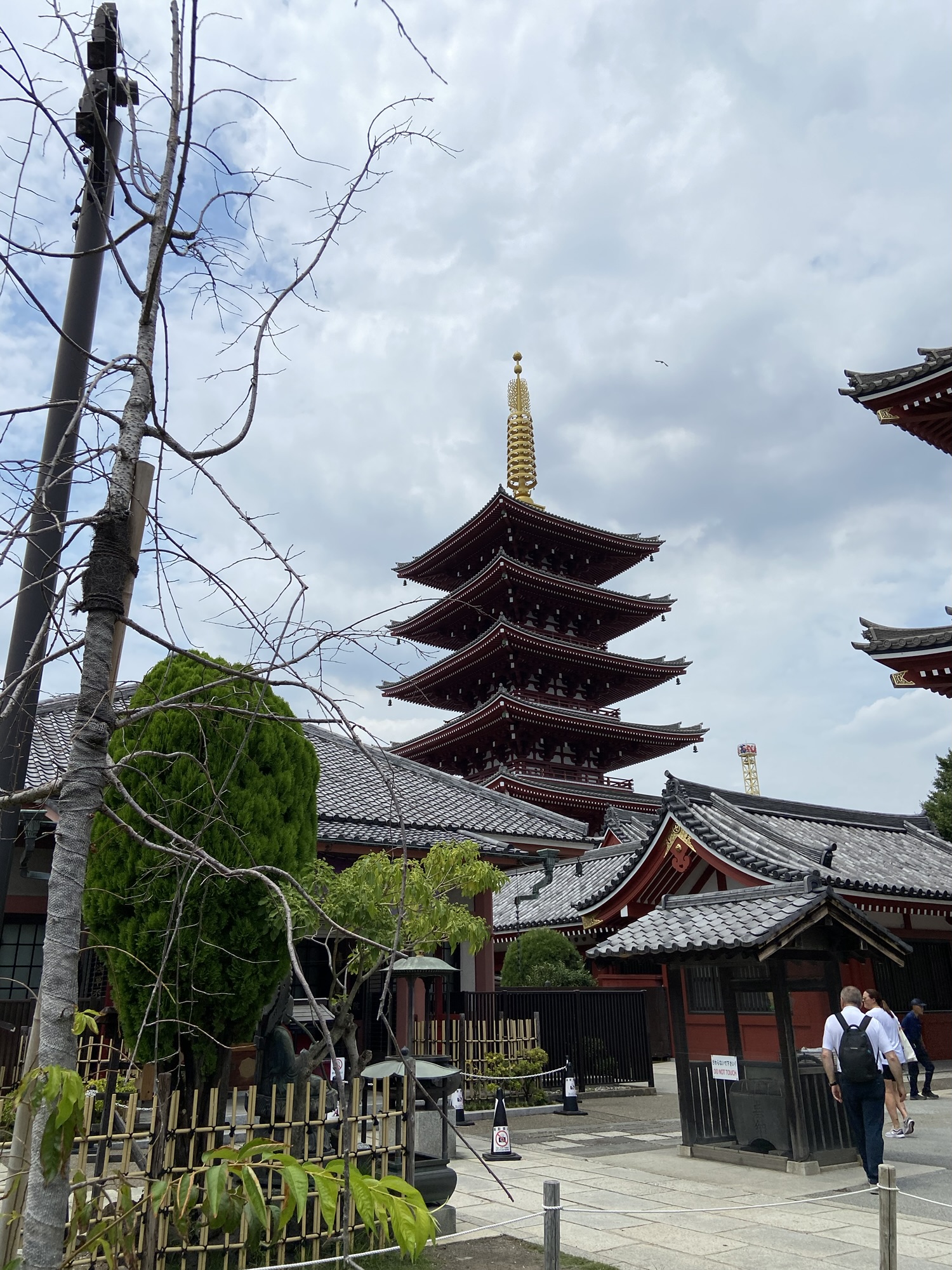Tokyo is a city that is chaotic and vibrant, but manages to feel comfortable and oddly calming. Its beauty is both timeless and chic. If you’re taking your first big solo trip or thinking of the first international destination for your family (and, no, my dear Americans, I don’t think you can count Vancouver as international travel), you should seriously consider Tokyo.
For the vast metropolis that Tokyo is, the city can be surprisingly lowkey and manageable. And to be clear, my definition of “lowkey” is not synonymous to “slow” or “uninteresting.” It’s a city where you can explore and get lost in so many new things without feeling overwhelmed.

When I’m considering a huge trip for my family, I do tons of research and gravitate towards simple, practical advice from fellow travelers. There is a wealth of advice already available but like any writer, I feel that I can provide some value with my voice. So I’ve challenged myself to provide my top ten pieces of travel advice for families. Before I do that, it’s important for you to know about what kind of traveler I am so you know if we have similarities thst might make this information relevant.
- I am a single mom on a super tight budget so my recommendations are for a budget traveler, not someone who wants to dine at classy Michelin restaurants or stay at 5-star hotels.
- I travel with my three daughters (one teenager and two 20-something year olds). I don’t have to factor in places or activities for younger children.
- We are a family that travels with an itinerary in mind and a few places we’d like to add to our bucket list, but we don’t plan out every minute and like to allow for a lot of wandering and random adventure.
- Food binds our memories to places and people so we eat, all the time. So if I asked my daughters what they preferred – spending money on a theme park/show of some sort or food, I know they’d without a doubt choose food.
Top Ten Tips When Traveling to Japan
- Despite the many map applications available, Google Maps is still the most dependable, especially when traveling by foot or public transportation. We were 100% dependent on public transit and Google Maps provided alternate routes, gave real time updates on train arrival and departure times, and gave a cost breakdown of the trip. The Japanese railway system is an intricate web of lines throughout Tokyo – Google Maps made it easy to get around.
- The only people who spoke English were at our hotel. Download Google Translate. It was simple and quick to translate text we couldn’t read or ask someone a question without fumbling over the few Japanese words that come to mind.
- Get an IC card! IC Cards are prepaid, contactless cards widely used across Japan for public transportation and shopping. Although I read you can use any of the widely accepted IC Cards, I settled on the digital Suica Card because it was simple to add to my Apple Wallet (under Transit Cards) and I had no problem using my American Visa debit card (some users reported issues, but I wasn’t going to test it myself to verify). It was easy to reload the card every few days before we hopped on the train. You can use them to purchase food and drinks in many convenience stores as well.
- If you visit Tokyo in the summer, do not underestimate the blistering heat. Wear moisture wicking clothing, invest in a portable fan, and stay hydrated. Tokyo in the summer is a sauna.
- How much cash you carry is a personal preference. We primarily used credit cards and our IC cards. We needed cash when we visited the Sensō-ji (Tokyo’s oldest Buddhist Temple) to purchase Buddhist omamori (amulets) and trinkets. We also went to one small restaurant that only took cash.
- If you plan on using the train to and from the airport, go with small luggage that has a good set of wheels and handles – it’s easier to maneuver on train platforms and through train stations.
- Everyone should be a responsible, respectful traveler – learn your host country’s etiquette and follow cultural rules. For example, don’t speak loudly on the train and carry around a bag/container to hold your trash (trash receptacles are purposely few and far between).
- Social media really hypes up 7-Elevens in Japan, but truth be told, all Japanese convenience stores deserve the same hype. Food and drinks are not only affordable, but delicious. My daughters and I visited the Family Mart attached to our hotel at least twice a day. Looking back, we wish we had bought non-food items (like the cozy looking cotton t-shirts or the cooling towels. But also, the food made us so simply happy. The best kind of happy.
- Unless you are planning on spending a few days in other areas outside of Tokyo, there is no need to get the Japan Rail Pass (JR Pass). The pass price went up significantly in 2023 and you can get around easily throughout Tokyo on all the local lines with your IC card.
- Avoid Tokyo Station during rush hour (730am-930am and 530pm-730pm, give or take). All the local train lines converge at Tokyo Station, not to mention it’s where the Shinkansen (bullet train) line is for trains departing the city. Imagine Disneyland during the summer, but at hyperspeed.


